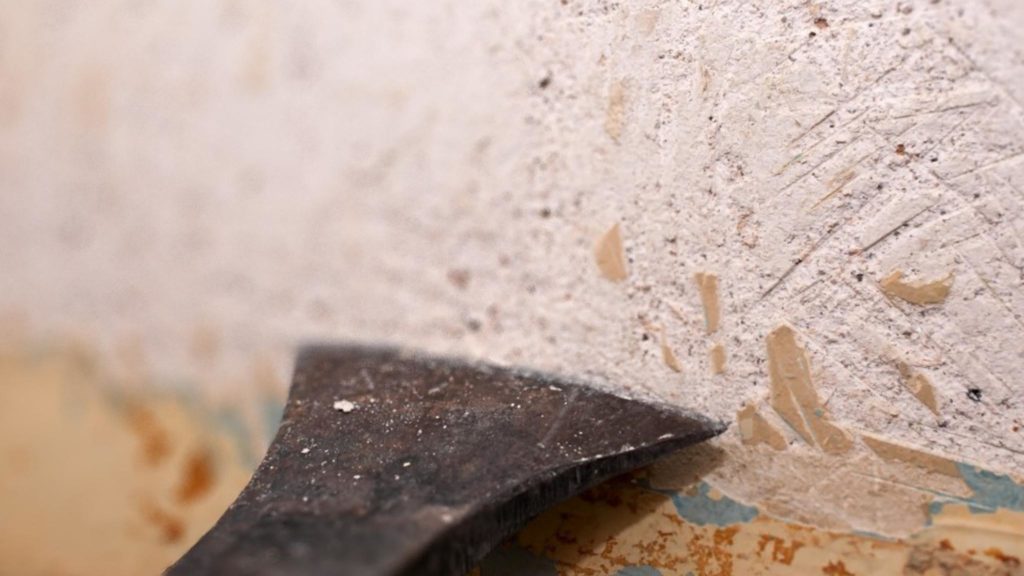Textured paint removal, how do you do it?

STRUCTURE PAINT REMOVAL SUPPLIES
paint burner
street vowel
Brush
Sweep and look
foil
Sander
Coarse sandpaper
Vacuum cleaner
Stucloper
spanish
Bucket of water
Cloth
Alabastine wall smooth
ROADMAP
Make a foil wall around the wall
Get a sander
Use a coarse grain: 40
Sand through so that the structure is gone
Make everything dust-free
Remove the foil wall
Put a stucco runner on the floor
Clean the wall with a damp cloth
Apply alabastine wall smooth with a trowel.
STRUCTURAL PAINT REMOVAL AND ADHESION
Removing textured paint depends on the adhesion and how coarse the texture is.
If you have a really coarse structure, there is only 1 possibility to make it smooth.
You can do it yourself or ask a plasterer to do it.
You can try to cut it off with a putty knife, but this will take a lot of time.
Some people have used a steam device to remove textured paint, which also takes a long time.
TAKE AWAY EXPERIENCES STRUCTURE
Try with a paint burner on position 4, this is actually doable, but also a time-consuming experience.
A second solution is that you take a decent rough paving stone and you go over the structure.
When it is fine structure, this goes very well.
A lot of dust will then be released, but you can collect it by making a kind of foil wall, so that the dust does not reach other rooms.
A third option is to sand the structure with a sander with a dust bag.
Use grit 40 or 60.
When you’re done you’ll still need to smooth it out slightly to get a perfectly smooth wall.
Then you can smooth the wall with alabastine wall smooth.
This is a do it yourself kit including a roller and trowel.
You smooth the wall with the roller and then smooth it with a trowel.
Do you have any questions about this article?
Or do you have a nice suggestion or experience on this subject?
You can also post a comment.
Then leave a comment below this article.
You can comment under this blog or ask Piet directly
Thank you very much.
Pete deVries.
I'm Joost Nusselder, the founder of Tools Doctor, content marketer, and dad. I love trying out new equipment, and together with my team I've been creating in-depth blog articles since 2016 to help loyal readers with tools & crafting tips.
